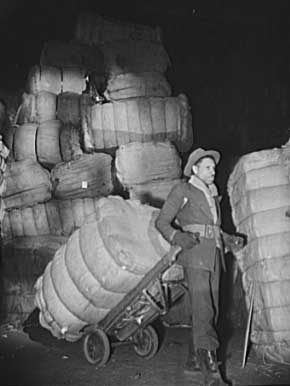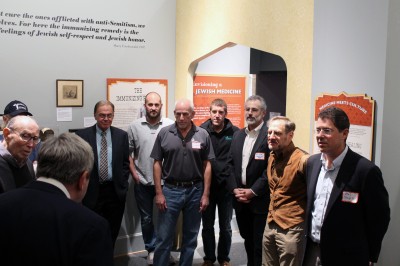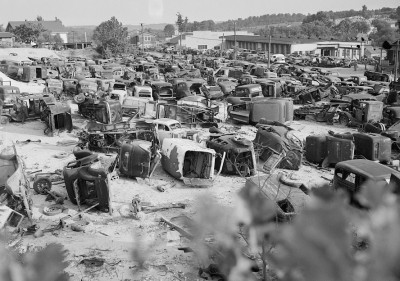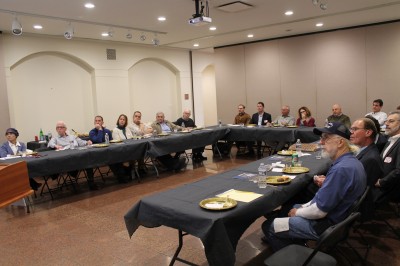JMM Insights: Dross into Gold

In the middle ages, alchemists sought out the philosopher’s stone that could turn base metal into gold. They never found it. But in 19th and 20th century America, entrepreneurs, mainly poor immigrants of Jewish or Italian heritage, found a way to turn waste materials into productive assets – in the process, not only transforming metal, rag and rubber, but also their own lives and their own communities.
In October 2018 the Jewish Museum of Maryland will launch a major national traveling exhibit called American Alchemy: Junk to Scrap to Recycling that will for the first time bring the largely untold history of this industry to a wider public.

We have been laying the groundwork for this project for nearly a year (in fact its origins go back to ideas generated in 2008). We have been researching photos and artifacts, assembling an exhibit team, developing budgets and funding plans. But it was just yesterday that the project had its formal launch as we invited leaders of scrap businesses from across the region to convene at JMM. Neal Shapiro, former president of Cambridge Iron and Metal here in Baltimore, and a consultant on the project helped assemble the gathering. We took them through Beyond Chicken Soup: Jews and Medicine in America – a project that has much in common with our new venture:
> a similar scale and blend of “real things” and interactive experiences;
> a paired effort to explore both history and technology (and for the American Alchemy exhibit we will also add the art of recycling);
> an exhibition that works equally well for school groups and general visitors.

After the brief tour, I described our concept – it has a scope that stretches from an ad for scrap brass and copper by Paul Revere to the first car shredders to the latest metal analyzer guns. I also explained that while it would inevitably have a lot to say about the Jewish community (it’s estimated that just a few decades ago 80% of all scrap CEOs were Jewish), this particular exhibit was about the whole story of the industry – and would include people from all ethnic backgrounds who made the transformation from push carts to global enterprises possible.

Next, we swapped stories. We learned about businesses with unlikely sites (e.g. Jersey Shores, PA), unlikely artifacts (e.g. a terrorist bombed Israeli bus – it was saved, not scrapped) and unlikely misfortunes (e.g. what happens when you drop a large battery in downtown DC). But more importantly we learned that we were “family” – as some of the senior members of the group recounted their memories of the parents and grandparents of their assembled “competitors.” Even I got to tell a few stories about the scrap metal and rag businesses owned by my family – and lessons learned that carry over to my work in museums.

On Monday we take the next step in our project’s development – a team meeting in New York, with our curator, Jill Vexler (also grew up in a scrap business household) and our designer, Alchemy Studio led by Wayne LaBar. We’ll be taking this huge topic and compressing it to 2,000 square feet – even a bigger trick than compressing a car into a bundle of metal with a hydraulic press!
If you are reading this newsletter and happen to have photos or documents related to the scrap industry, please contact Deborah Cardin at dcardin@jewishmuseummd.com. If you are just interested in learning more about the exhibit and staying in the loop as our plans progress feel free to contact either Deborah or me.
-Marvin Pinkert
